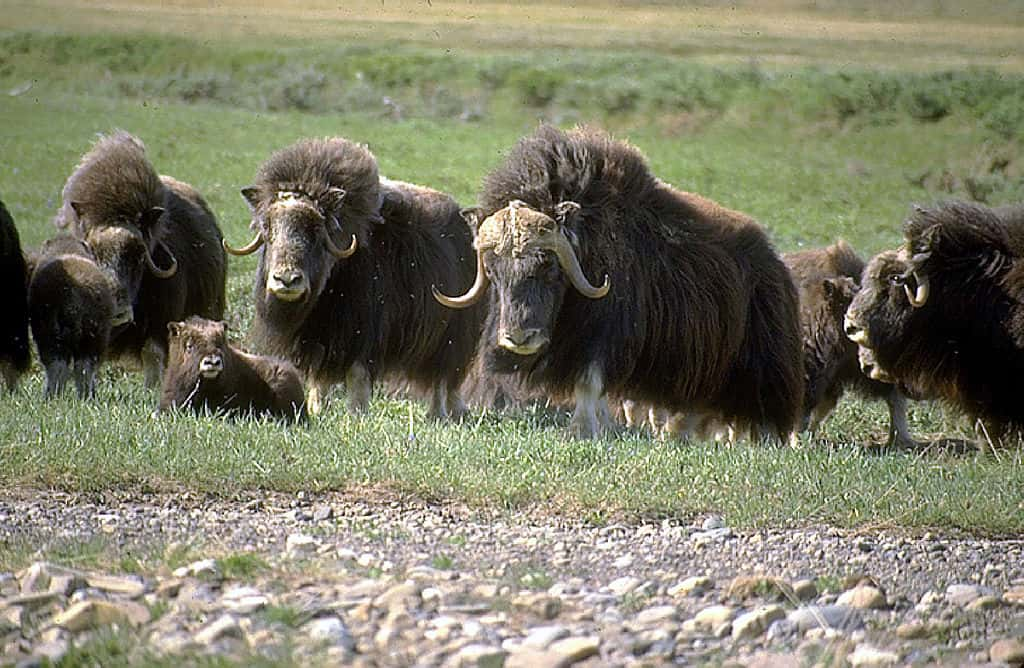Plants and animals in the Arctic failed to reproduce in 2018 as climate change brought unusually high snowfall: Researchers

A research station in Greenland's Zackenberg Research Station witnessed first-hand the vagaries of climate change in the Arctic region. While the warming of the Arctic has been well-established, 2018 threw up something even more alarming: scientists stationed there observed that most animals and plants did not breed that year. Researchers say excess snowfall in 2018 was to blame for the extremely poor reproduction across different species in the Arctic.
Monitoring changes in the Arctic at the Zackenberg Research Station for over two decades, the team of researchers saw that 2018 saw a large part of the Arctic, especially the higher Arctic, covered with an unusually large amount of snow, with signs of melting starting only from late summer.
The Arctic is home to large mammals such as walruses and polar bears, birds, fish, plants, and even tiny ocean organisms called plankton, that have learned to survive in extreme conditions.
However, the Arctic is rapidly changing. And documenting such changes has been a difficult task due to the rare occurrence of such events and the lack of reliable observations that document the climatological changes, according to one of the authors of the study, Jens Hesselbjerg Christensen, who is a professor at the Niels Bohr Institute.
These scientists used sophisticated modeling and weather analysis tools to make sense of the unusual pattern of snowfall in 2018. The bulk of their observations were made at the research station.
"Towards the end of July, when plant growth and animal reproduction usually peak, around 45 percent of the landscape was still covered in snow," the authors note.
As a result, migratory shorebirds and the predatory long-tailed skua, a type of sea bird, had to bear the brunt of the excess snowfall. More snow-cover meant the shorebirds build their nests late, bringing down the number of eggs that hatched that year.
The scientists explain that the young may not have had enough resources [prey] and time to make it to the fledgling stage and prepare for southward migration.

The most affected were mammals such as the Arctic fox and muskox: the scientists could not spot their calves that year. They explain that such events affect the entire ecosystem, from prey to predators.
"The 2018 snow conditions resulted in the most complete reproductive failure ever encountered at Zackenberg, and only a few plants and animals were able to reproduce due to abundant and late-melting snow. While poor reproduction had been observed in individual species before, such poor reproduction across all levels of the ecosystem had never been seen," said the press statement.
"One non-breeding year is hardly that bad for high-arctic species", says Niels Martin Schmidt, the lead author of the study. However, such events, could give us a glimpse into the future, he adds.
The scientists are now trying to conclusively establish that climate change was the driving force behind the atypical snowfall in 2018.
"It is still an ongoing activity to attribute the extreme snow amount to the prevailing climatic conditions, so we clearly are interested to see whether this can be formally attributable to climate change," Christensen added.